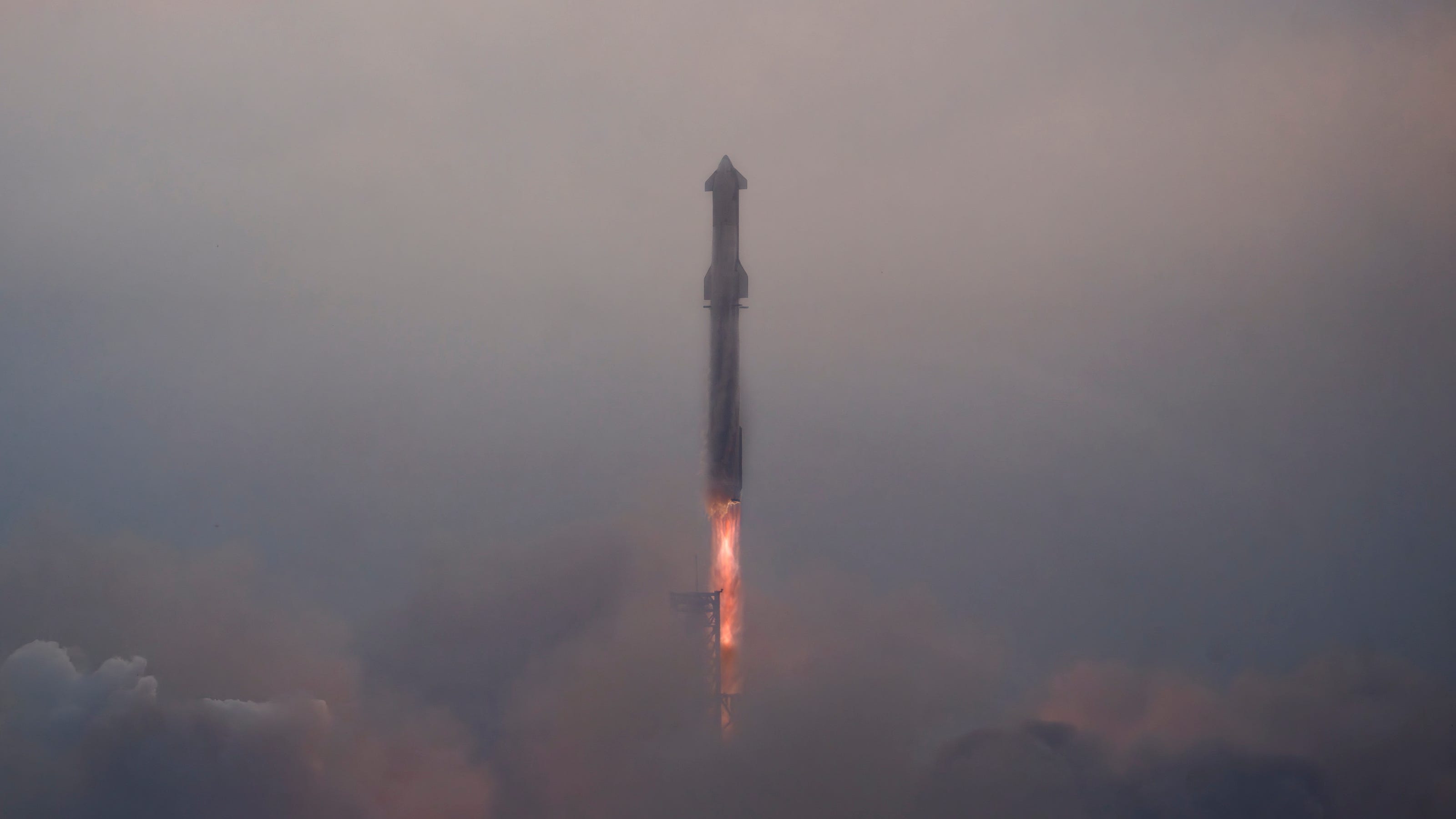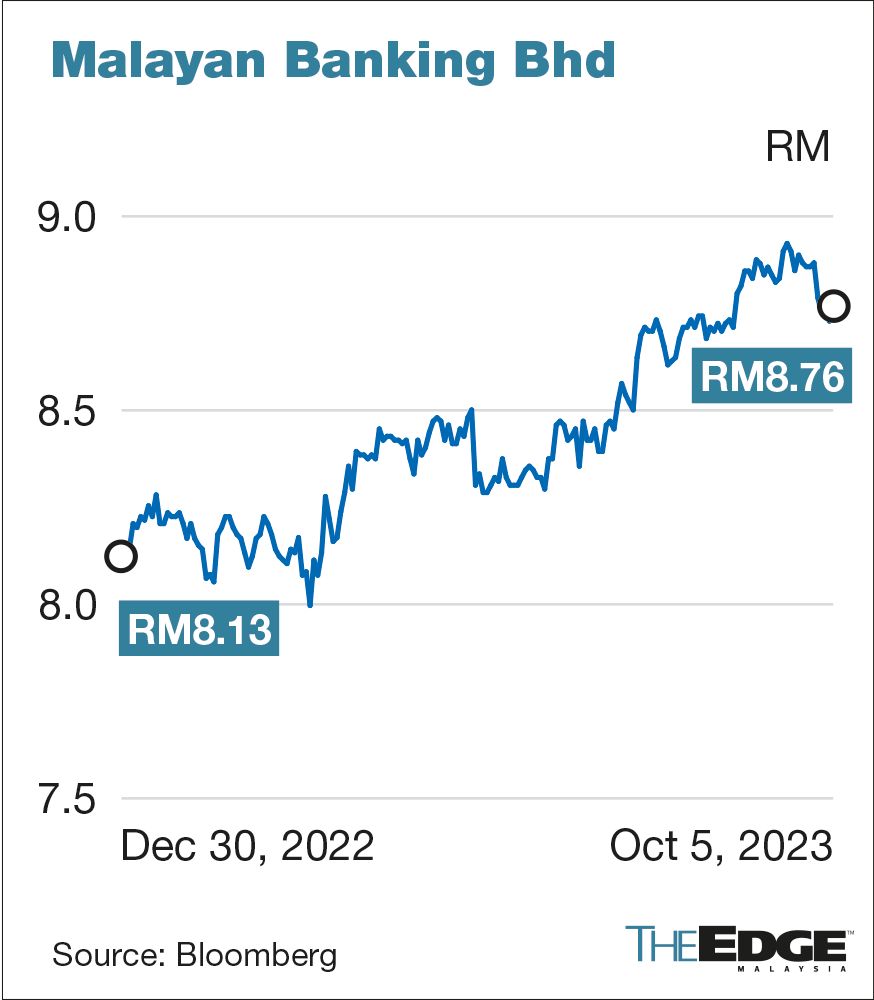Trump's Aerospace Legacy: Promises, Deals, And Unanswered Questions

Table of Contents
Space Force Creation and Expansion
The Promise: A New Branch of the Military
A cornerstone of Trump's aerospace policy was the establishment of a sixth branch of the U.S. armed forces: the Space Force. This campaign promise resonated with a growing awareness of the increasing importance of space-based assets for military operations, intelligence gathering, and national security. The rationale behind the Space Force was to elevate the strategic importance of space and provide a dedicated structure to protect U.S. interests in the increasingly contested domain of space.
Implementation and Budget: Reality vs. Rhetoric
The Space Force was officially established in December 2019, becoming the first new military branch created since the Air Force in 1947. Its creation involved significant budgetary allocations and a restructuring of existing military space programs.
- Funding levels compared to other branches: Initial funding for the Space Force was substantial, though it represented a smaller fraction of the overall defense budget compared to the Army, Navy, or Air Force. The long-term budgetary commitment to the Space Force remains a subject of ongoing debate.
- Key personnel appointments and their backgrounds: The selection of key personnel, including the first Chief of Space Operations, General John Raymond, reflected a focus on experienced military leaders with expertise in space operations and technology.
- Initial missions and operational capabilities: The Space Force's early missions centered on protecting U.S. satellites and developing advanced space-based capabilities, including improved surveillance and communication systems.
- Critical analysis of the Space Force’s impact on national security: While the Space Force's impact is still unfolding, its establishment is widely viewed as a significant step towards ensuring U.S. dominance in space, though the extent of its impact on national security is still being evaluated.
Commercial Space Partnerships and Deregulation
Promoting Private Sector Growth: A New Era of Space Exploration
The Trump administration actively pursued policies to encourage private sector involvement in space exploration and development. This strategy aimed to reduce government spending, accelerate technological innovation, and foster a more competitive and dynamic space industry. This approach was particularly evident in the increased reliance on private companies for launching payloads, developing new space technologies, and exploring commercial opportunities in space.
Deregulation and its Impact: Risks and Rewards
Deregulation played a key role in promoting private sector growth in the aerospace industry. The aim was to streamline regulatory processes and reduce bureaucratic barriers for businesses operating in the space sector.
- Examples of successful public-private partnerships: The partnership between SpaceX and NASA for the Commercial Crew Program, leading to the return of human spaceflights launched from U.S. soil, was a prominent example.
- Changes in regulatory frameworks and their effects: Relaxed regulations led to a surge in the number of private companies launching satellites and developing new space technologies.
- Potential risks and challenges associated with deregulation: Critics raised concerns about potential safety risks and the need for appropriate oversight to ensure responsible commercial space activities.
- Discussion of the long-term economic implications: The long-term economic implications of deregulation and increased private sector involvement remain uncertain, but many believe it will lead to substantial economic growth in the coming decades.
International Space Cooperation and Competition
Relationship with International Partners: A Mixed Bag
Trump's administration took a mixed approach to international space cooperation. While some partnerships continued, others were strained or even severed by the focus on national interests and competition with rivals.
The "Space Race" Renewed?: Competition with China and Russia
The Trump administration clearly recognized the renewed space race, particularly with China and Russia. This was reflected in increased investment in military space capabilities, along with a more assertive stance on space security and the development of new technologies.
- Key international agreements or disagreements: The administration's withdrawal from the Open Skies Treaty, impacting space-based observation capabilities, was a significant event in international space relations.
- Specific instances of cooperation or conflict: Cooperation continued in certain areas, such as scientific research, but competition intensified in areas of military and technological advancement.
- Impact on international relations in the space domain: Trump's policies had a noticeable effect on international relations in space, leading to both heightened cooperation and increased tensions depending on the specific nation.
- Analysis of the long-term geopolitical consequences: The long-term geopolitical implications of the increased space competition remain to be seen, but it is likely to significantly shape the international landscape for years to come.
Unanswered Questions and Future Implications
Long-Term Sustainability of Space Force: Budgetary Concerns and Technological Advancements
The long-term sustainability of the Space Force remains an open question. Securing consistent funding, adapting to technological advancements, and managing a skilled workforce will be crucial for its ongoing success.
The Future of Commercial Space: A Continuing Evolution
The commercial space sector will continue to evolve rapidly, influenced by the policies and initiatives implemented during the Trump administration. This includes evaluating the long-term economic viability of various commercial space ventures.
- Potential future funding models for the Space Force: Exploring diverse funding options, including public-private partnerships and increased efficiency, will be necessary for long-term sustainability.
- Emerging technologies and their impact on the aerospace industry: Rapid technological advances, such as reusable rockets and advanced satellite technologies, are driving continuous change within the sector.
- Uncertainties regarding the long-term economic viability of certain commercial space ventures: The economic success of some commercial space ventures remains uncertain, emphasizing the need for careful planning and investment.
- Predictions about the future of the space race and international cooperation: The future of the space race will likely depend on the evolving geopolitical landscape and the choices made by nations regarding international cooperation and competition.
Conclusion
Trump's Aerospace Legacy is a complex mix of achievements and unresolved issues. The creation of the Space Force represents a bold step in asserting U.S. dominance in space, while the promotion of commercial space partnerships has fostered innovation and competition. However, the long-term sustainability of the Space Force, the economic viability of certain commercial ventures, and the implications of a renewed space race remain significant challenges. Trump's impact on aerospace is undeniably profound, shaping the future trajectory of the industry in ways that will be felt for decades to come. What is your perspective on Trump's Aerospace Legacy? Share your thoughts in the comments below. Let's continue the discussion on this important topic.

Featured Posts
-
 Broadcoms V Mware Acquisition A 1 050 Price Surge According To At And T
May 20, 2025
Broadcoms V Mware Acquisition A 1 050 Price Surge According To At And T
May 20, 2025 -
 Increased Storm Chance Overnight Severe Weather Risk Monday
May 20, 2025
Increased Storm Chance Overnight Severe Weather Risk Monday
May 20, 2025 -
 Maybanks 545 Million Boost To Economic Zone Development
May 20, 2025
Maybanks 545 Million Boost To Economic Zone Development
May 20, 2025 -
 Maitrisez L Art De L Ecriture Le Cours Agatha Christie Et L Ia
May 20, 2025
Maitrisez L Art De L Ecriture Le Cours Agatha Christie Et L Ia
May 20, 2025 -
 Fenerbahce Nin Yeni Transferi Tadic Talisca Tartismasinin Etkisi
May 20, 2025
Fenerbahce Nin Yeni Transferi Tadic Talisca Tartismasinin Etkisi
May 20, 2025
Latest Posts
-
 Zayn Under Siege Rollins And Breakkers Wwe Raw Assault
May 20, 2025
Zayn Under Siege Rollins And Breakkers Wwe Raw Assault
May 20, 2025 -
 Tottenham Loanee Key To Leeds Championship Return To The Top
May 20, 2025
Tottenham Loanee Key To Leeds Championship Return To The Top
May 20, 2025 -
 Rollins And Breakker Dominate Zayn Wwe Raw Highlights
May 20, 2025
Rollins And Breakker Dominate Zayn Wwe Raw Highlights
May 20, 2025 -
 Leeds Reclaim Championship Top Spot Thanks To Tottenham Loanee
May 20, 2025
Leeds Reclaim Championship Top Spot Thanks To Tottenham Loanee
May 20, 2025 -
 O Giakoymakis Kai I Kroyz Azoyl Ston Teliko Toy Champions League
May 20, 2025
O Giakoymakis Kai I Kroyz Azoyl Ston Teliko Toy Champions League
May 20, 2025
